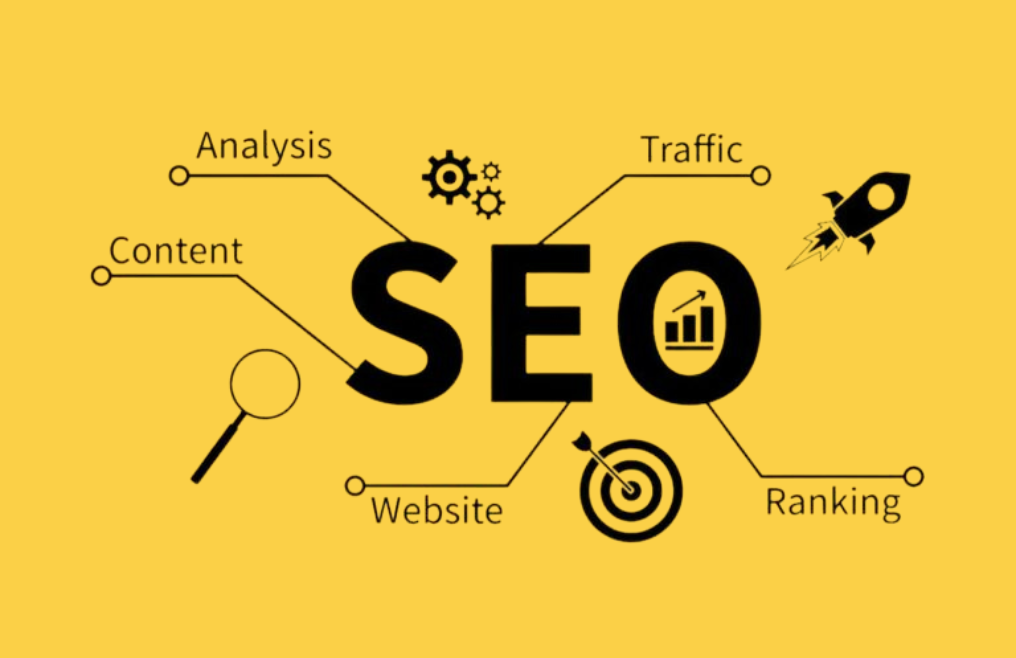Trying to get more eyes on your business from your local community? You are not alone. With more people searching “near me” than ever, standing out locally is key. That is where local SEO and paid ads come in — a dynamic duo that can take your visibility and foot traffic to the next level.
Why You Need More Than Just One Strategy
When it comes to boosting local traffic — both online and in-person — relying solely on either local SEO or paid advertising might not cut it anymore. SEO is a long game, while paid ads give you that instant kickstart. But combine the two, and you have got yourself a powerhouse strategy. –
What Is Local SEO?
Local SEO (Search Engine Optimization) is the process of optimizing your online presence so your business appears in local search results. Think about when someone types “best coffee shop near me” — the businesses that pop up in the Google Map Pack and top organic results are doing local SEO right.
Core elements of local SEO include:
- Google My Business optimization
- NAP consistency (Name, Address, Phone Number)
- Local keywords in content
- Local backlinks
- Customer reviews and ratings
Local SEO helps you build trust and long-term visibility. But it takes time, and your competitors are likely doing it too.
What About Paid Ads?
Paid ads (like Google Ads, Facebook Ads, and Instagram promotions) are a fast way to reach your target audience — especially when you use geo-targeting to focus only on the areas you serve.
With Google Ads for local businesses, you can:
- Show up at the top of search results instantly
- Create location-based marketing campaigns
- Retarget website visitors from your area
- Promote local offers or events
So while local SEO builds up your organic reputation, PPC (Pay-Per-Click) ads let you control the message, target audience, and timing.
Why Local SEO and Paid Ads Work Better Together
Here is where the magic happens. When you combine local SEO and paid ads, you are hitting your audience from both the organic and paid angles. It is like being in two places at once on Google — the map pack and the top ad slots.
Here is why they are a winning combination:
1. Double the Visibility
With local SEO, you get into the Google 3-pack (that map section). With ads, you can be right above that — boom, double exposure. The more you show up, the more people trust your brand.
2. Hyper-Targeted Campaigns
Use geo-targeted PPC to advertise in specific zip codes, cities, or even a radius around your business. Combine that with SEO content full of local search keywords, and you are speaking the language of your local audience.
3. More Data = Better Decisions
Paid ads give you quick analytics. Which ad got the most clicks? Which keywords performed well? Then you can use that data to optimize your SEO strategy — no more guessing.
4. Faster Results, Long-Term Gains
SEO builds over time. Ads give you an instant boost. Using both together means you are getting results today while also building for tomorrow.
Pro Tips to Combine Local SEO and Paid Ads Like a Pro
Want to get the most out of your local marketing strategy? Here is how to masterfully blend local SEO and paid ads:
1. Optimize Your Google My Business (GMB) Profile
Start here — your GMB profile is gold for local search visibility.
- Fill out every section completely.
- Post updates regularly — specials, events, new services.
- Upload high-quality photos weekly.
- Encourage satisfied customers to leave glowing reviews (and always respond!).
An optimized GMB makes your SEO strong and supercharges your paid ad extensions.
2. Research Local Keywords Thoroughly
Use tools like Google Keyword Planner, Ubersuggest, or Ahrefs to find high-intent local keywords. Focus on:
- Service + location (e.g., “emergency plumber Dallas”)
- “Near me” variations
- Hyperlocal phrases (like neighborhoods or landmarks)
Use these keywords in both your website’s SEO and your PPC campaigns for maximum synergy.
3. Leverage Location-Based Targeting in Ads
Set up your Google Ads and Facebook Ads to:
- Target by city, zip code, or radius around your address.
- Exclude locations outside your service area to save budget.
- Use location extensions in Google Ads to show your address with your ads.
Location-based marketing ensures your paid efforts are seen only by your ideal local audience.
4. Align Landing Pages with SEO Best Practices
When someone clicks your ad, send them to a locally optimized landing page.
- Include local keywords.
- Mention the area you serve.
- Add trust signals like reviews, testimonials, and local awards.
This approach boosts your Quality Score in paid ads AND improves your SEO.
5. Track, Analyze, and Refine
Testing is everything!
- Run A/B tests with different ad copies, headlines, or offers.
- Try different local SEO blog topics to see what ranks and what does not.
- Adjust keywords, locations, and budgets based on real data — not gut feelings.
How to Measure Success
You cannot improve what you do not measure, right? Here is a deep dive into tracking your local SEO and paid ad efforts:
Local SEO Metrics to Watch
- Google Business Profile Insights: Check how many people found you via search and maps.
- Organic Search Traffic: Use Google Analytics to track local traffic growth.
- Keyword Rankings: Monitor your local keywords to see if you are climbing in the SERPs.
- Local Backlinks: Tools like Ahrefs or SEMrush can show you new backlinks from local sources.
- Online Reviews: An uptick in positive reviews shows increased local engagement.
Paid Ads Metrics to Watch
- CTR (Click-Through Rate): Higher CTR means your ads appeal to the right people.
- CPC (Cost Per Click): Keep it efficient. You want low CPC without sacrificing quality.
- Conversion Rate: Measure form submissions, calls, bookings — whatever your goal is.
- Location Reports: See exactly which areas are converting best and adjust your geo-targeting.
- Impression Share: Tells you how often your ad is showing compared to the competition.
Bonus: How to Combine SEO + PPC Data
- Use paid ad search terms that perform well to create new SEO blog topics.
- Use organic search queries from Google Search Console to refine your paid keywords.
- Compare SEO traffic and PPC traffic side by side to spot trends, gaps, and new opportunities.
By consistently reviewing these KPIs (Key Performance Indicators), you can tweak, optimize, and grow your local dominance like a boss.
Final Thoughts:
If you are serious about growing your business locally, do not limit yourself to one strategy. Combining local SEO and paid ads is the smart play — one brings trust and visibility, and the other brings speed and precision.
If you are serious about growing your business locally, do not settle for just one strategy — combining local SEO and paid ads gives you the perfect balance of trust, visibility, speed, and targeting. Whether you run a salon, clinic, restaurant, or store, Websoft Techno can help you dominate your local market with expert digital marketing services tailored to your needs. Visit us at Office No. 301, Third Floor, Ganga Collidium Phase 1, Gangadham Chowk, Market Yard, Pune – 411037, call us at +91 9922442272 / +91 9850944480, or visit our website https://websofttechno.com to get started today









